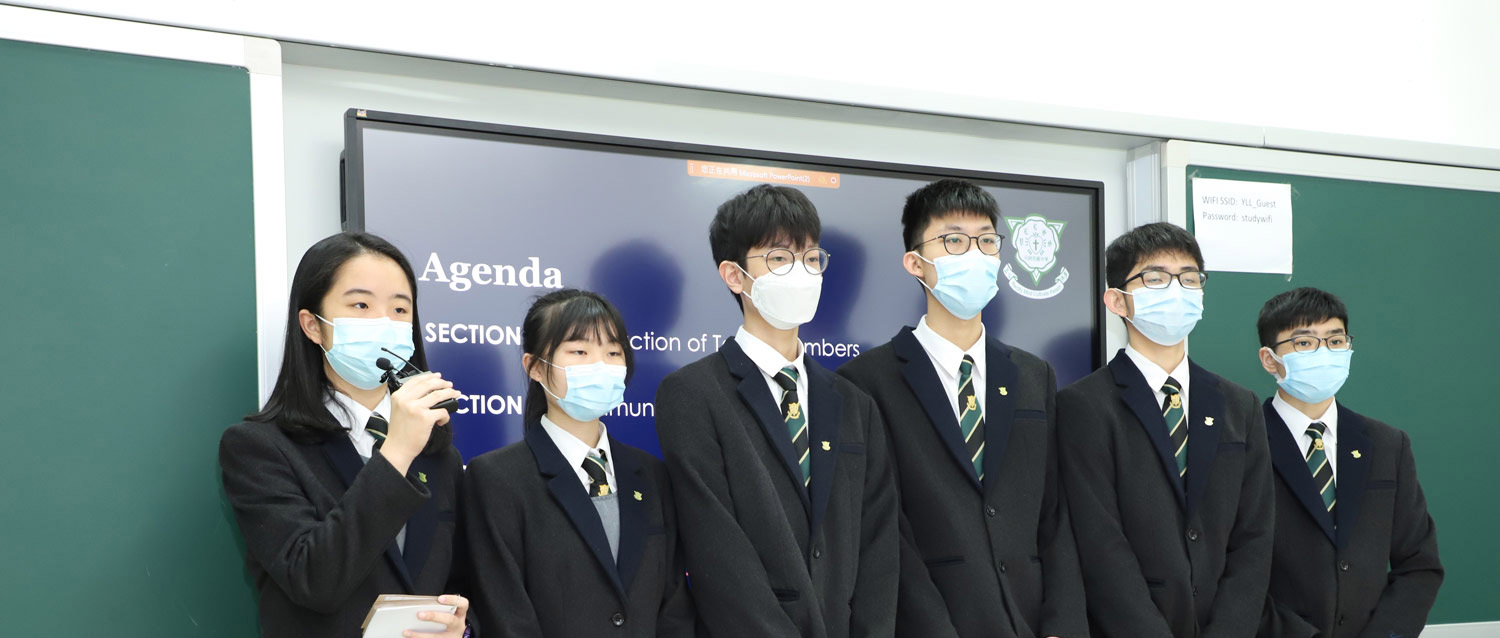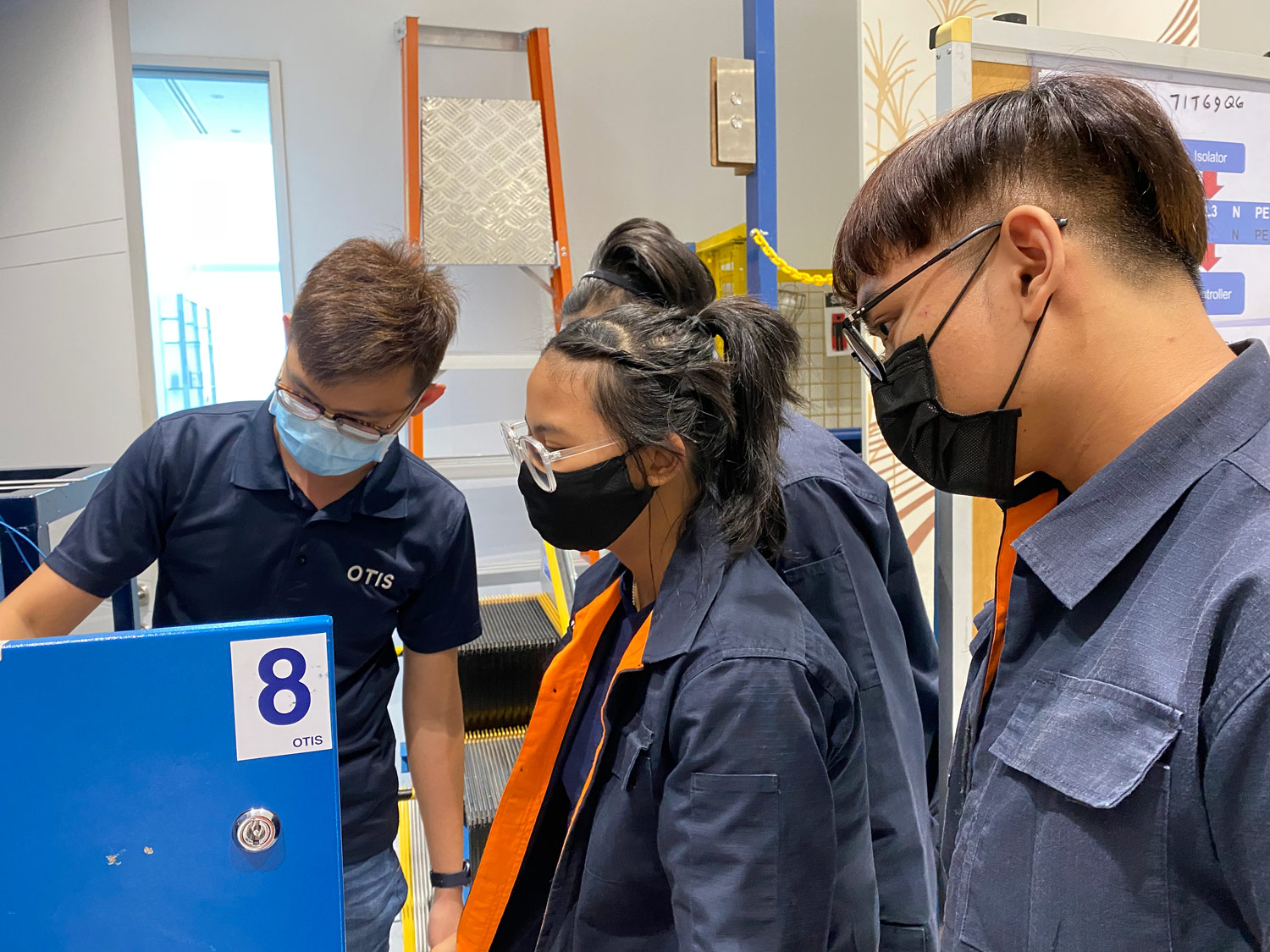OLD MADE TO MOVE COMMUNITIES
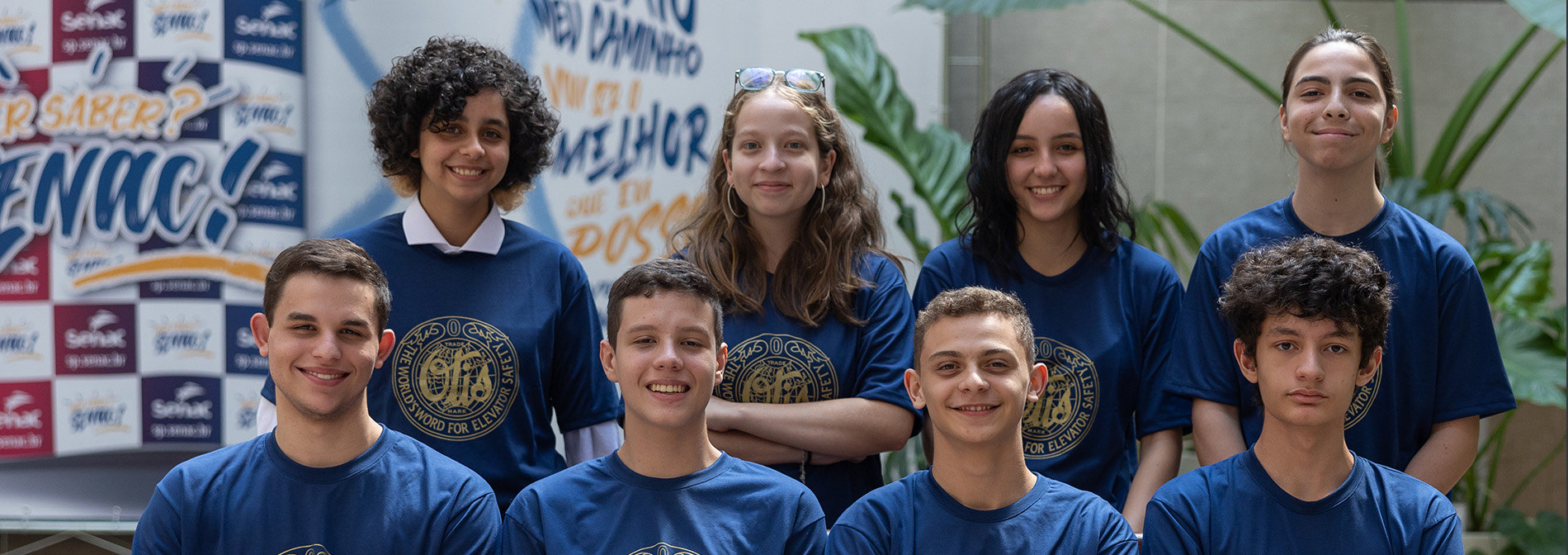
Made to Move Communities™
Inspiring and supporting young innovators as they pursue inclusive mobility solutions for underrepresented communities
As the company that is Made to Move You™,
mobility is central to our vision: to give people freedom to connect and thrive in a taller, faster, smarter world.
Through this novel program, launched in 2020, we are engaging young minds to imagine new mobility solutions for people everywhere. Just as important, by giving these students safe, hands-on experiences under the mentorship of our experts, we aim to spark an early, lifelong interest in STEM – science, technology, engineering and math.
With a solid grounding in STEM subjects, students will be better prepared for the rapidly evolving global workforce, which is estimated to have as many as 50 million unfilled STEM jobs by 20301.

750+
Student participants
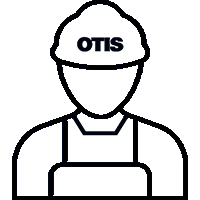
800+
Otis mentor volunteers

70+
Financial grants awarded
A truly global program
In year 1, students at 14 schools in nine countries and territories worked with Otis mentors to design STEM-based solutions to mobility challenges in their communities – challenges that in many cases have been compounded by the COVID-19 pandemic. Students presented their ideas virtually to a panel of Otis leaders.

-
Otis Asia Pacific
Japan
ICT (International College of Technology) Kanazawa
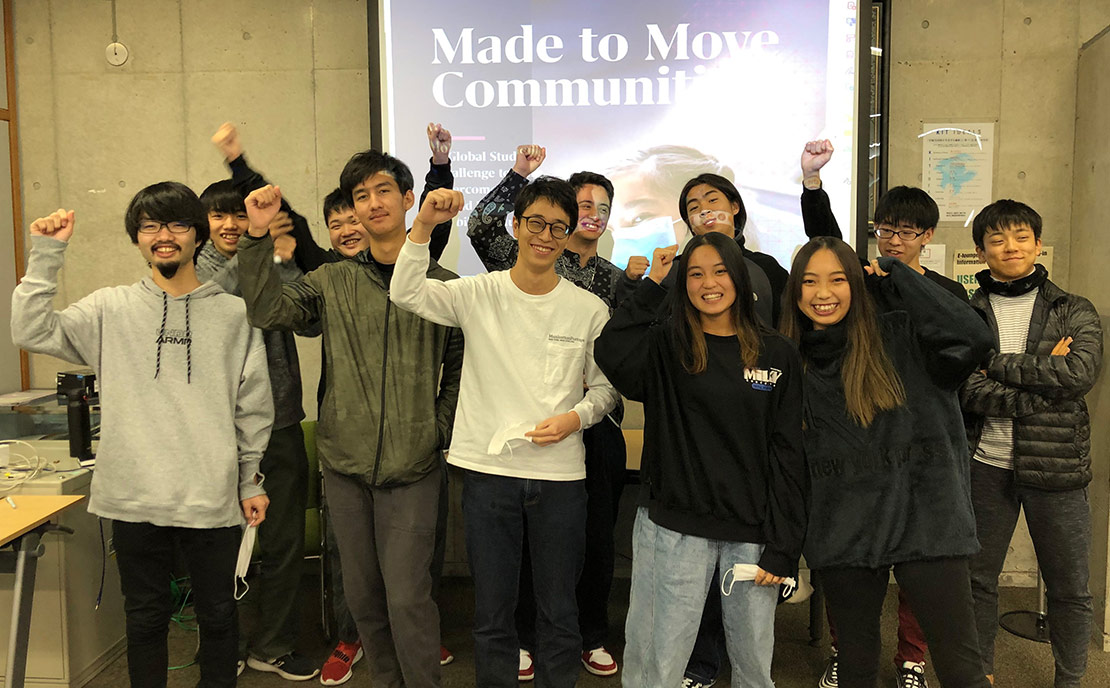
The student team created a website and app to monitor crowd levels and help revive tourism in Shiramine, where the local economy has suffered due to COVID-19. The app provides real-time data to help visitors more safely and comfortably visit the most popular local tourist attractions, while still avoiding crowds and adhering to occupancy limits.
Number of Students
11
-
Otis EMEA
Spain
Colegio Virgen de Europa
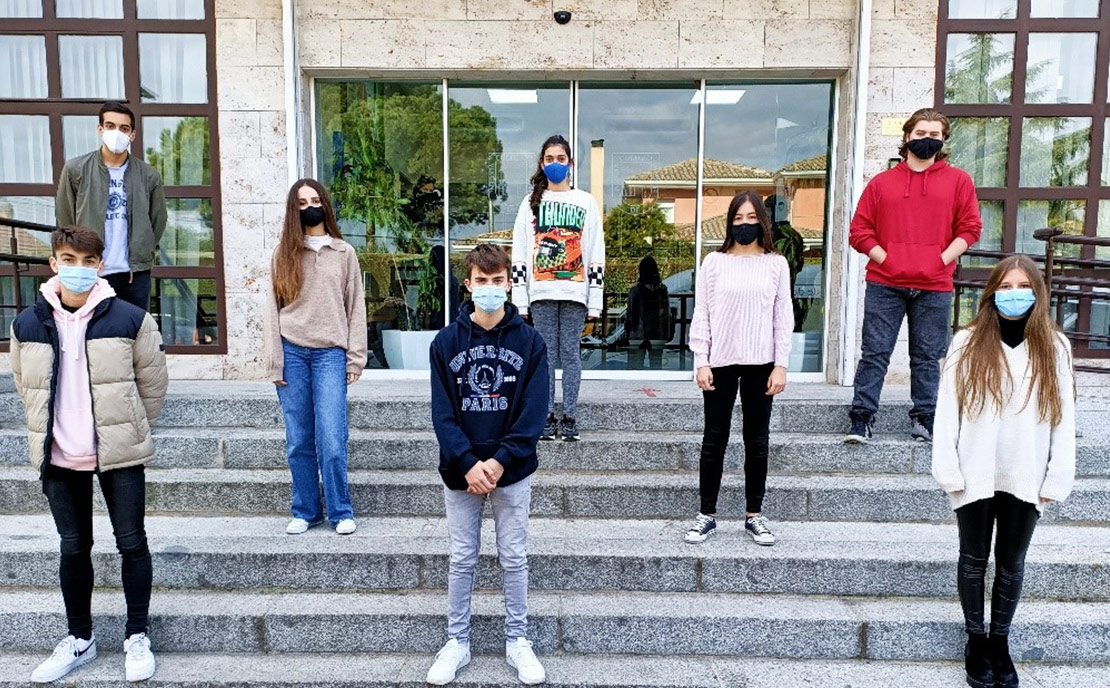
The student team identified solutions to decrease the spread of COVID-19. They developed touchless solutions and alternative methods to access stores, restaurants, and public transportation.
Number of Students
8
-
China
Shanghai Jiaotong University, Zhejiang University, Beijing Institute of Technology, Nankai University, Chongqing University
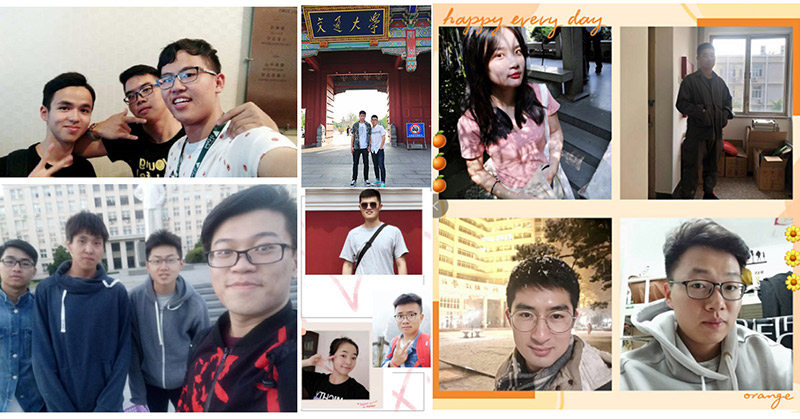
After careful research on China’s population, the student teams created mobility solutions to make transportation easier for the country’s large aging population.
Number of Students
22
Otis China
Beijing Institute of Technology
Zhejiang University
Shanghai Jiaotong University
-
Otis Americas
Connecticut, USA
Bloomfield High School
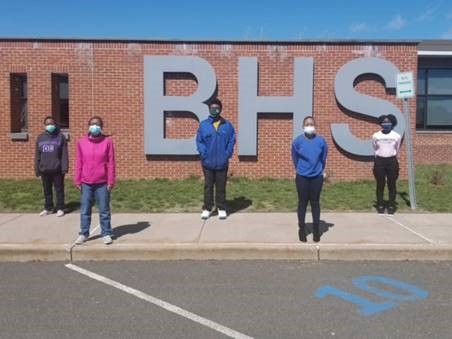
Students proposed innovative solutions for improving contactless grocery pick-up options. They used UV lights, conveyer belts and drones to help provide options for people who do not feel comfortable shopping in a store due to COVID-19.
Number of Students
5
-
Otis Asia Pacific
Hong Kong SAR
ELCHK Yuen Long Lutheran Secondary School
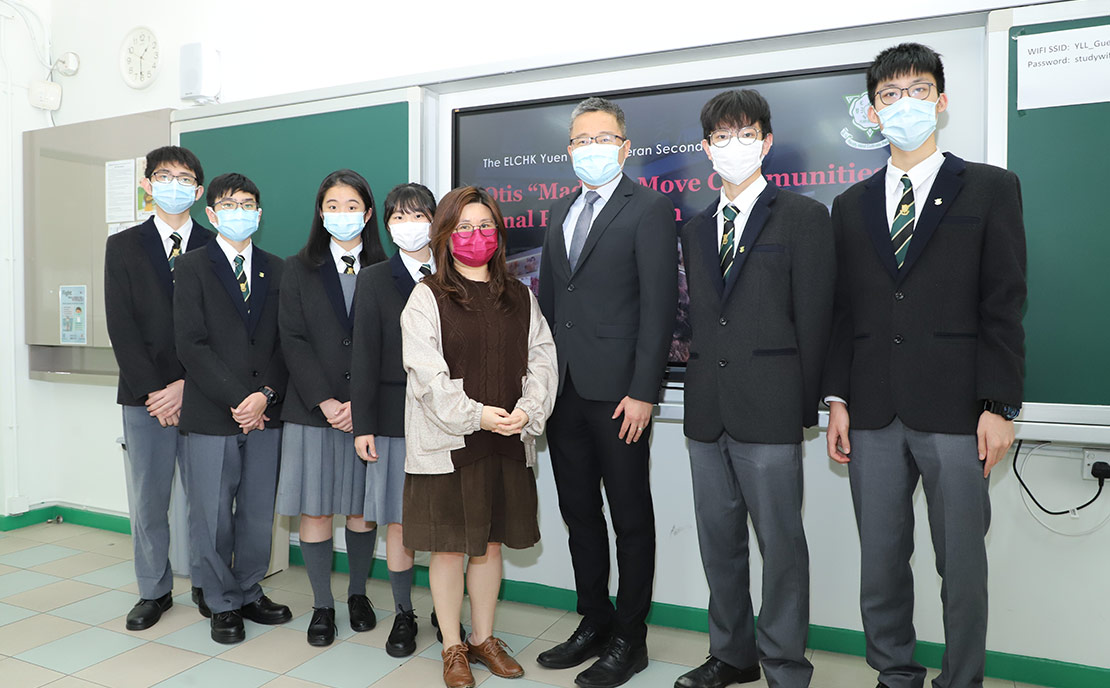
Students focused their ideas on improving access in and out of local wet markets. From designing a user-friendly app called Foodson, to a robot that can shop for and deliver fresh groceries, the students’ solutions were customized to meet the needs of those who have less experience with online purchasing and technology.
Number of Students
6
-
Otis Americas
California, USA
Jordan High School, Long Beach
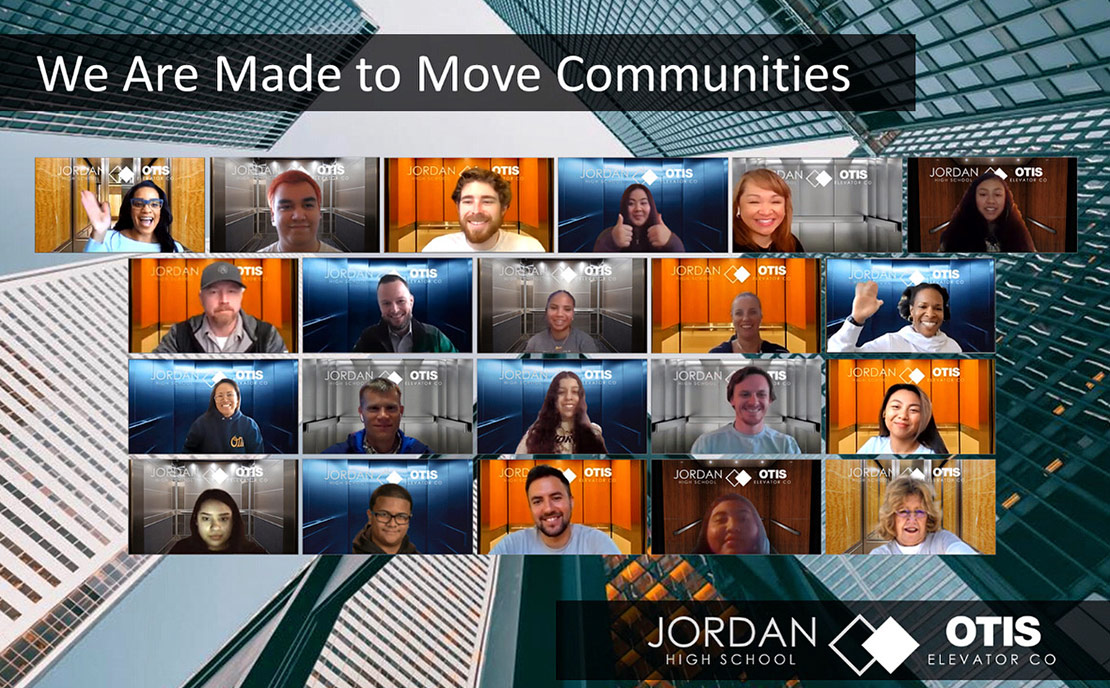
The student team developed an app to integrate data into public transportation systems – specifically, city buses. The app tracks number of passengers and identifies the best – and safest – time to ride the bus. Additionally, research was done to find improved air filtration and purification systems for buses – helping commuters feel safer during the pandemic.
Number of Students
8
-
Otis Americas
Brazil
SENAC
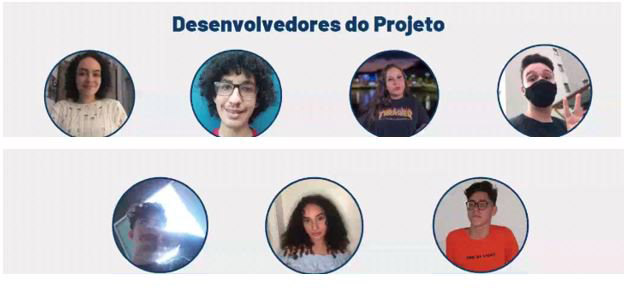
Students created a QR code solution that monitors and improves the check-in process for people in public spaces. People provide some simple, personal health information to an online site to access and assess data on crowd levels at each location.
Number of Students
8
-
Otis EMEA
Russia
Open St Petersburg
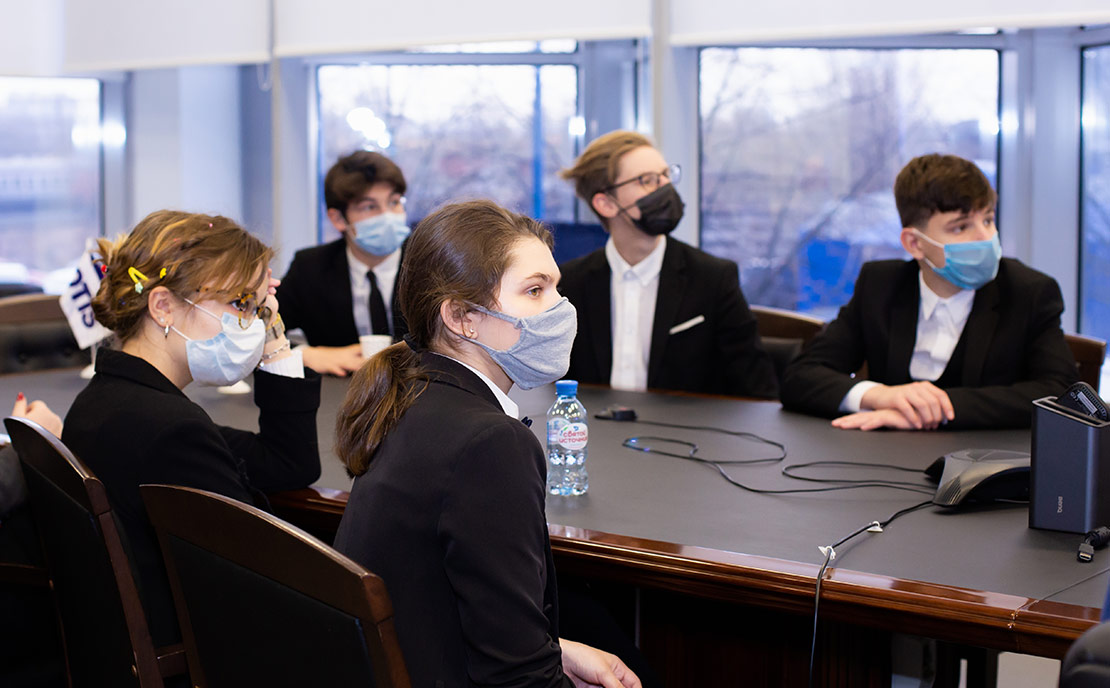
Students developed a mobile app to help residents of St. Petersburg avoid crowds, move safely, enable people to leave their homes and reduce the overall risk of COVID-19. The app helped to optimize the flow of people and traffic patterns in public places, while reducing congestion and overcrowding.
Number of Students
7
-
Otis Asia Pacific
Singapore
Institute of Technical Education
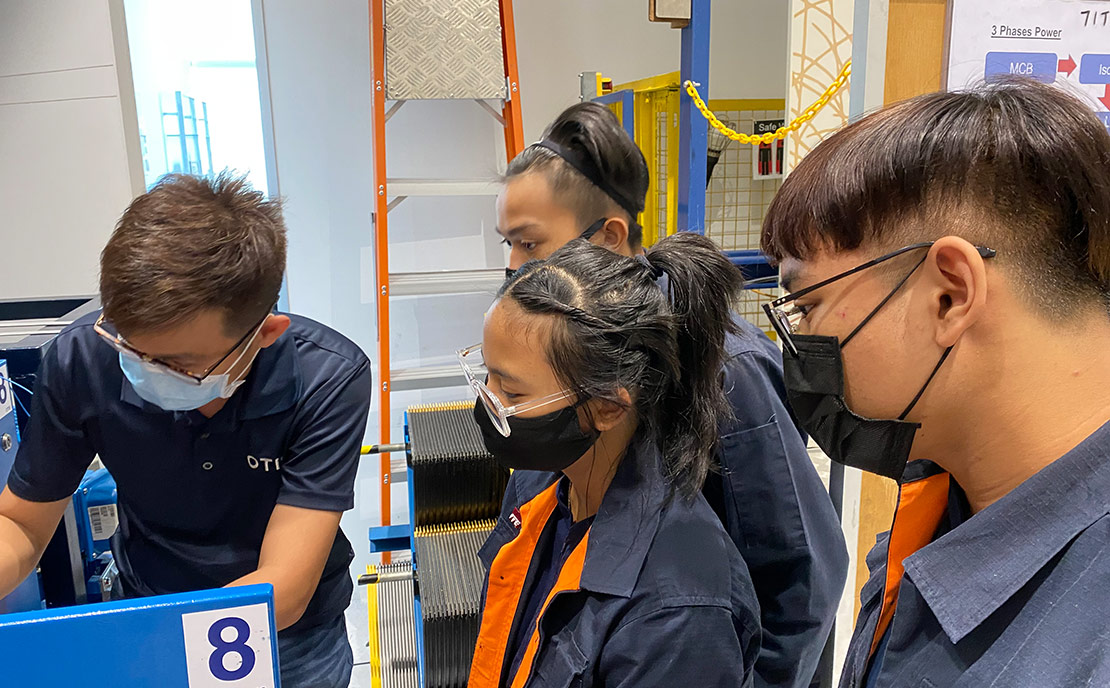
The students created a face mask with a lightweight skin thermometer for real-time temperature checks. The mask helps reduce the time it takes for temperature checks prior to taking public transit, making the daily commute faster while easing concerns about coming into contact with someone who is ill.
Number of Students
8
-
Otis EMEA
Germany
Romain Rolland Gymnasium
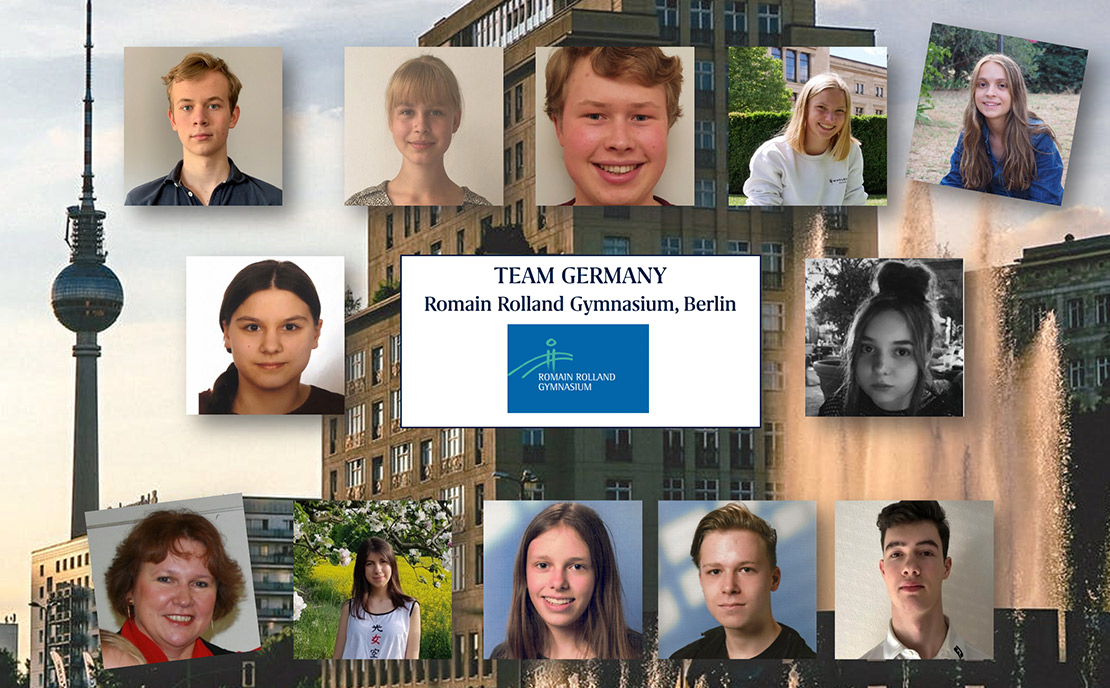
Students developed solutions to improve the daily commute. Two focused on reducing the risk of infection and technology to support social distancing. The third solution was designed to make cities more bicycle-friendly – more effectively moving bicycles up/down escalators and onto trains.
Number of Students
11
Past Made to Move Communities challenges
Mobility Solutions to Reduce the Impacts of Climate Change
Today, more than ever, climate change poses a significant threat to the safety, prosperity and wellbeing of people and communities around the world. For the third year of Made to Move Communities, we empowered the next generation of innovators to be a part of the solution. Otis colleagues mentored 230+ students across the globe to develop solutions to the climate change issues impacting mobility today for the benefit of generations to come. Watch the video to learn more.
Mobility Solutions for Older Populations
The number of older adults is projected to double to 1.5 billion in 20502. For the second year of Made to Move Communities, we tapped young minds and applied creative thinking to help cities of the future adapt and meet the needs of this growing population. Across 14 countries and territories, teams of Otis employee mentors and students created STEM-based mobility solutions ranging from connected wheelchairs and smart escalators to a device improving access to local water stations.
Watch the video to learn more.
Mobility Solutions to COVID-19
In its first year, Made to Move Communities engaged schools in Brazil, China, Germany, Hong Kong SAR, Japan, Russia, Spain, the United States and Singapore. Under the mentorship of Otis employees, nearly 100 students spent eight weeks developing STEM-based solutions to address mobility challenges in their communities – particularly those most affected by the COVID-19 pandemic.
Watch the video to learn more about Year 1 of Made to Move Communities and see the student solutions.
Preparing the 21st century workforce
50 million STEM jobs unfilled by 2030 due to skills gap
In the era of Industry 4.0, technology permeates every job category, including manufacturing and many other trades. To prepare themselves for this rapidly evolving workplace, students need a solid grounding in STEM curricula and subjects – science, technology, engineering and math.
Yet according to one estimate, a skills gap may leave as many as 50 million jobs unfilled globally by 2030.1 Made to Move Communities is one way to help close this gap, by complementing existing school programs with safe, real-world lessons conducted under the guidance of Otis experts – people who are passionate about technology and helping to nurture the next generation of innovators.
Why Made to Move Communities


